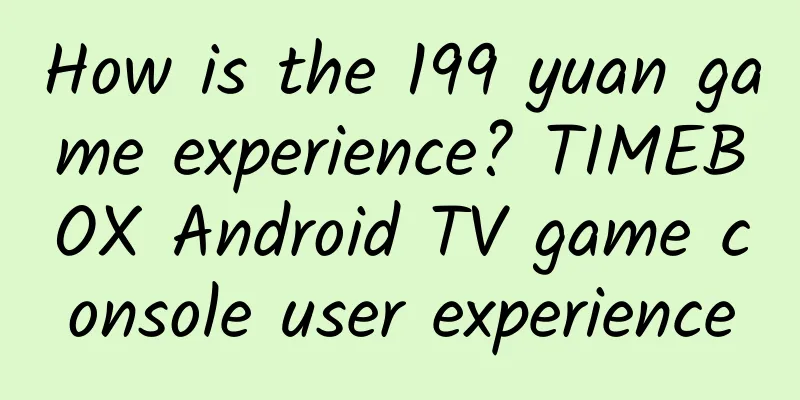2022 Lithium Battery White Paper: Lithium Battery Recycling, a Promising Future

|
1. Based on commercial reality, it is expected that disassembly and recycling will dominate the recycling of power batteries in the medium and long term. With the explosive growth of the global new energy vehicle industry, the gap between supply and demand of upstream and downstream resources has become increasingly tense. Countries continue to deepen their power battery recycling policy systems under the requirements of carbon neutrality. The upcoming wave of power battery retirements will further drive the development of the power battery recycling industry. It is estimated that in the next five years, the global power battery recycling market will exceed 120 billion yuan. From the perspective of chemical structure, service life and recycling value, lithium iron phosphate batteries and ternary power lithium batteries are suitable for different retirement routes: cascade utilization and disassembly and recycling. Deloitte Management Consulting believes that cascade utilization is constrained by factors such as an incomplete policy system, chaotic market competition, and detection technology that urgently needs to be broken through. At this stage, the development limitations and bottlenecks are more obvious, resulting in slow development and promotion of downstream applications. It will be difficult to form scale in the medium and long term. Power battery recycling may be dominated by disassembly and recycling in the medium and long term. There are two main technical development routes for dismantling and recycling: wet method and pyrometallurgy. The recycling routes of leading enterprises are clear and the technology is mature, which can achieve high-purity extraction of valuable metals in waste power batteries. However, considering that the current industry ecosystem has not yet been fully built, dismantling and recycling still faces challenges such as supply costs and resale profits. Deloitte management consulting experts have cut into multiple aspects such as front-end channel construction and back-end large-scale reuse, conducted in-depth analysis based on existing company cases, and provided guiding suggestions. 2. A stable recycling network and closed-loop reuse are important success factors According to the different implementation of the main responsibilities of recycling, as well as the differences in the comprehensive capabilities and nature of the leading enterprises themselves, the market mechanism has spawned a variety of battery recycling business models. Among them, the third-party enterprise recycling model and the battery manufacturer recycling model have mature commercial practices. The advantages of third-party recycling companies lie in their professional technology, recycling qualifications and the synergistic effect of the development of the renewable resources industry, while battery manufacturers and car companies have the advantages of reverse logistics channels with low recycling costs and high efficiency. However, the two models have more significant channel construction problems and technical dependence problems respectively. Achieving channel capabilities and technical capabilities requires a large amount of capital investment. At present, third-party recycling companies in the industry mostly improve their business layout by building their own recycling networks, while battery recycling manufacturers improve their recycling business by establishing subsidiaries, acquiring recycling and processing companies, and cooperating. Deloitte Management Consulting believes that the current power battery recycling market faces both challenges and opportunities. The construction of a stable recycling channel network and the establishment of an ecological closed loop for the reuse of recycled materials have also become the most critical factors for the industrialization and scale of battery recycling. Leading domestic and foreign companies should build on their own advantages, steadily advance the layout of recycling business, continuously optimize technology, control stable supply channels for retired batteries, and focus on business diversification and industrial collaboration to build a closed loop of the industrial chain and form a large-scale and industrialized development pattern for battery reuse. In addition, this report also analyzes the business model, operating status, future development and core competitiveness of typical players in the current battery recycling industry at home and abroad. 3. All links in the industry chain show a trend of extending to the power battery recycling link As the new energy vehicle industry shifts toward market-driven development, the lithium battery and new energy vehicle industry has evolved from a chain-like form to a mesh ecology with deepening cooperation within the industry. Based on the fundamental motivation of reducing costs and increasing efficiency, enterprises in various links of the industrial chain have used their own advantages to extend to the battery recycling link in different forms and degrees, seize opportunities and try to form an ecological closed loop of the industrial chain. Under this trend, emerging centralized battery operation and management models such as battery banks have emerged, the battery recycling industry ecosystem has become increasingly sound, and the industry synergy effect has steadily increased. With the accelerated iteration and upgrading of battery material systems, innovations in battery pack structures and upgrades in vehicle manufacturing technology, the difficulty of battery recycling has increased significantly. The recycling model of industrial alliances in which multiple companies deepen collaboration and complement each other is easier to build a recycling network and a closed loop of reuse. This may become a business model development trend driven by economics under the joint requirements of recycling complexity and the extended producer responsibility system. However, considering the real business problems such as difficulty in resource allocation, collaborative management, and profit distribution, Deloitte Management Consulting believes that although industrial alliance recycling may be an ideal business model in theory, currently in China only a few automobile companies have made initial attempts at actual commercial operations by leveraging their own R&D and supply advantages to lead industrial alliances. 4. Implications for recycling companies, upstream battery companies and vehicle companies Based on the supply and demand mismatch caused by the tight supply and price increase of upstream metal resources, as well as the medium- and long-term technological development trends in the lithium battery industry and lithium battery recycling industry and the significantly accelerated industrial chain ecological construction, recycling and processing companies, upstream battery companies and vehicle companies need to actively adjust their strategic layout in terms of recycling technology improvement, stable supply guarantee, recycling capacity construction or recycling economy. For upstream battery companies and vehicle manufacturers, on the one hand, they need to consider how to feed back their own manufacturing business through the layout of recycling business in the post-subsidy era when subsidies are declining, reduce costs or achieve multiple profits. On the other hand, they need to think about the difficulty of entry, technology gaps, potential resource supply risks, and how to leverage their own channel advantages to develop recycling business. Therefore, based on the company's strategic considerations and their own current capabilities, upstream battery and vehicle companies need to consider the following issues: (1) whether to enter the recycling field and to what depth, and which important links to layout; (2) which business model to adopt for the layout of recycling business, seek upstream and downstream industry collaboration or use their own original business advantages to build recycling capacity; (3) how to match the power battery recycling technology with the product development plan, and whether to build a closed loop of the industrial chain to achieve manufacturing business cost optimization. |
Recommend
Large website optimization techniques and ideas
The reason why the title is written as "opti...
Interesting Facts | What special tools are used in men’s examinations at hospitals?
One minute with the doctor, the postures are cons...
Why do mosquitoes taste the water before laying eggs?
Speaking of mosquitoes, most people have probably...
AI training AI? Maybe it will become dumber
Written by Ma Xuewei Edited by Paige Preface Curr...
How important is the often overlooked title description copy under short videos?
As we all know, short video copywriting , shootin...
Chat module developed in iOS--content preservation logic implementation
Detailed requirements: In actual development, the...
Trivia | What can you use to ward off vampires? Garlic?
What to use to ward off vampires, garlic? Written...
Don't sleep like this anymore! Your brain is more likely to have problems and your body will age prematurely...
In real life, many people have two criteria for j...
20 ways to help you acquire the first 1,000 valid users at low cost!
A community that brings together operation expert...
The reason I recommend you to eat more pears, just one is enough!
In the golden autumn, the weather is slightly dry...
Counterpoint: 4G Cat 1 bis will replace 4G Cat 1 for IoT in 2030
According to the latest report from Counterpoint,...
List of currently closed communities in Shenyang in 2022: How many communities are closed now? Attached is the latest list!
Recently, new cases have appeared in Shanghai, Be...
Beware! This indicator is abnormal and may threaten your life! Take action as soon as possible if these 4 situations occur!
The carotid artery is mainly responsible for supp...
Does raising a hairless cat mean you don’t have allergies? No!
The popular domestic drama "The Beginning&qu...
What does Ubuntu Phone mean for the open source world?
[[127797]] At the beginning of the article, I fir...









